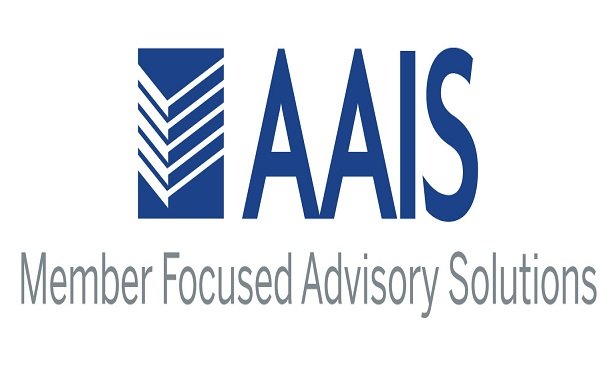New rules have been adopted by the National Association ofInsurance Commissioners' Financial Condition Committee that wouldallow regulators to gain greater insight into insurers'corporate-governance practices.
|The model act—the Corporate Governance Annual Disclosure (CGAD)Model Act—calls for U.S. insurers to provide “a detailed narrativedescribing governance practices to their lead state or domesticregulator by June 1 of each year,” the NAIC says, adding that“strict confidentiality measures” would be in place to protect theconfidential and sensitive information insurers would beproviding.
|In particular, the NAIC says items “required to be describedwithin the corporate governance disclosure” include:
- The insurer's corporate-governance framework and structureincluding duties and structure of the board of directors and itscommittees.
- The policies and practices of its board of directors andsignificant committees including appointment practices, thefrequency of meetings held and review procedures.
- The policies and practices directing senior management,including a description of defined suitability standards, theinsurer's code of conduct and ethics, performance evaluation andcompensation practices, and succession planning.
- The processes by which the board of directors, its committeesand senior management ensure an appropriate level of oversight tothe critical risk areas impacting the insurer's business activitiesincluding risk management processes, the actuarial function, andinvestment, reinsurance and business strategy decision-makingprocesses.
The NAIC is expecting that states will start requiringdisclosures at the beginning of 2016, with all states andterritories on board by 2019, the NAIC told PC360.
|But industry reps say they are concerned about duplication andthe prospect of a bureaucratic nightmare for larger companies.
|Some of the information is already required by other agencies,and Adam Kerns, assistant general council for the AmericanInsurance Association (AIA) says there have only been minor fixesto this redundancy issue.
|Others are hinging their support on reducing the workload forinsurers. “The model law requires an annual confidential filingthat other companies are filing elsewhere,” Steve Broadie, vicepresident of financial policy at Property Casualty Insurance ofAmerica (PCI), tells PC360. “Putting things in an annual filingstandpoint, it duplicates existing requirements. There's a problemoverall with companies being required to do the same thing twice inregulatory requirements.”
|The strongest language in the CGAD, dealing with companies'classified information, was closely watched by many groupsincluding the AIA and PCI.
|“There have been problems with other model laws in the stateswhere folks have tried to adopt different confidentiality language.Florida proposed an alternative that would give less protection,but we voted against it,” says Broadie.
|Despite whatever issues may remain, the CGAD appears set toclear its final hurdle: passage by the Executive and PlenaryCommittee, which will vote on its adoption in November.
|“Everybody has had their two cents already,” says Kerns. “It'sin a good spot to be adopted.”
Want to continue reading?
Become a Free PropertyCasualty360 Digital Reader
Your access to unlimited PropertyCasualty360 content isn’t changing.
Once you are an ALM digital member, you’ll receive:
- All PropertyCasualty360.com news coverage, best practices, and in-depth analysis.
- Educational webcasts, resources from industry leaders, and informative newsletters.
- Other award-winning websites including BenefitsPRO.com and ThinkAdvisor.com.
Already have an account? Sign In
© 2024 ALM Global, LLC, All Rights Reserved. Request academic re-use from www.copyright.com. All other uses, submit a request to [email protected]. For more information visit Asset & Logo Licensing.








